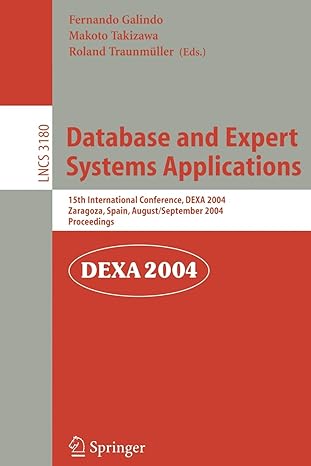Answered step by step
Verified Expert Solution
Question
1 Approved Answer
Let G be the grammar ( W , Sigma , R , S ) , where W = S , A , N ,
Let G be the grammar WSigma RS where WSANVPcup Sigma points Let G be the grammar WSigma R S where WS A N V Pcup Sigma cup E elephant, big, mouse, small, chased ; RPN; PAP; SPVP; A small,; A big,; N elephant,; N mouse ; V chased Draw a parse tree for the following example string: "big mouse chased small elephant". Is this grammar ambiguous? Explain your reasoning.
Step by Step Solution
There are 3 Steps involved in it
Step: 1

Get Instant Access to Expert-Tailored Solutions
See step-by-step solutions with expert insights and AI powered tools for academic success
Step: 2

Step: 3

Ace Your Homework with AI
Get the answers you need in no time with our AI-driven, step-by-step assistance
Get Started


